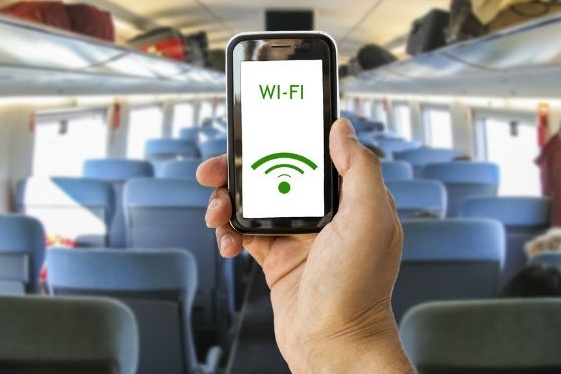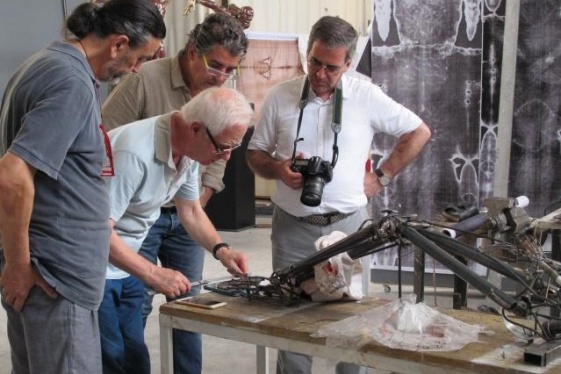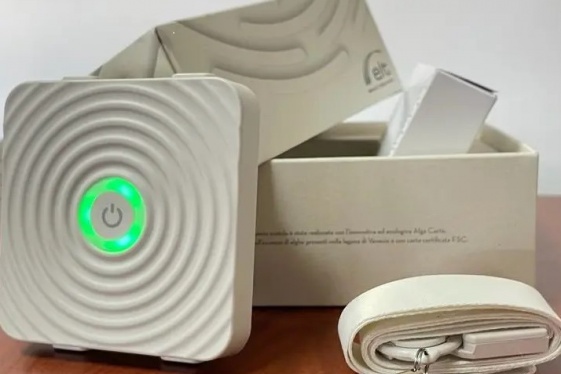

Mobility is entering a new era, one which is more sustainable and efficient. Electricity storage and engine technologies are mature, clean energy sources and smart grids are widely available, climate change imposes new challenges, new life styles emerge and consumers, like institutions, are becoming increasingly aware: all of which allows us to say that electric mobility may prove to be the mobility of the New Millennium.
Together with improved public transport and more cycling, this form of mobility can ensure freedom of movement whilst decreasing pollution and noise in our cities. The new mobility reduces the negative effects of global warming (in Europe, a quarter of climate changing emissions is produced by vehicles), reflects many aspects of the sharing economy and fits perfectly with the new frontiers that ICT is striving to push further and further. The beginning of this new era offers new challenges for Italy as well as great opportunities. Our enterprises and our research centers are not in the spotlight, but they are already very active. With 100 Italian e-mobility stories, Enel and Fondazione Symbola plan to give a voice to this innovative side of Italy, often at the edge, but certainly worth betting on.
The examples of excellence described in this study are intended to be a stimulus to proceed in the right direction, so that electric mobility can become widespread in our Country too. Compared to nations such as Norway, where the market share of electric cars is currently at almost 25%, or the Netherlands, where it has reached 10%, Italy is still stuck at 0.01% (with around 6,000 electric cars in circulation). It is fair to say that electric cars are still a niche item on our planet - they had just passed the million mark at the end of 2015 - but the number of vehicles is growing rapidly: +33% in Europe in the first quarter of 2016 compared to the same quarter in 2015.
They are increasing in those forward-looking countries we have referred to above, as well as in the USA and in the enormous market represented by China. Taken together these four countries account for 70% of global sales. Given this trend, all automakers – not just those who believed in the electric car right from the onset - are preparing for a revolution: At the latest car show in Paris it was the electric car that dominated the stage, whilst self-driving electric cars made waves at the recent Consumer Electronics Show (CES) in Las Vegas.
The diffusion of e-cars is closely linked to the spread of its recharging points: Some of the top European automakers have recently signed a Memorandum of Understanding to create the most widespread and powerful recharging network in Europe. It is also very significant that the first partnerships between automakers and energy utilities are becoming more common, with Italy at the forefront of an innovative business model, which enables new forms of integrated services for the final user.
Despite the undeniable gap in the development of the electric car market in our Country, which can certainly be addressed with the right policies, our society, our production and our research have succeeded in enabling us to become one of the players on the global scene and contributing to reshaping the car industry.
Designing an electric car does not just mean replacing the petrol or diesel engine with an electric one. Generally speaking an electric car has no transmission, no gear, the engine size changes significantly (it can even be fitted in the wheels), but it needs space for the batteries, which are very heavy: The frame and the body need to be re-designed. Materials also change, shifting from aluminum to composite materials that are resistant but lighter, in order to increase battery life. The electric revolution thus opens up new opportunities regarding the areas that the world recognizes as our talents: Design and manufacturing.
This is accompanied by the innovation going on in other sectors. The electric grid, for instance. The future is made of renewable sources and smart grids that manage power whilst taking into account both consumption and distributed generation, and electric cars can become a tool to ensure greater efficiency and stability in the electric grid. Countries such as Denmark and Great Britain are already going down that route, with the so-called vehicle to grid (V2G) service: An innovative service that allows electric vehicles to return energy to the grid when they are not in use, thus generating income for their owners. Or the sharing economy: electric car sharing is becoming increasingly common in all of the world’s major cities. Efficiency is also improving: According to W2W (well-to-wheel) analysis, thermal engines have 17-19% efficiency scores, whereas the electric engine scores 36%.
As renewables increase their significance in national power generation (currently at approximately 40%) their efficiency will continue to rise, whilst reducing CO2 emissions and pollution. Present-day demand requires products that are designed with the logic of a circular economy in mind, increasing their sustainability. Components that are no longer usable on board, those that until recently would have simply been dumped in landfills, are now capable of starting new lives. Used batteries, for example, can become the greatest electric storage park in the world (a path taken by Germany, for example). The new propulsion and resulting cabin design, together with self-driving technologies, also revolutionize the car user experience.
Electric mobility is not just about new cars, it can also be about retrofitting traditional cars to make them electric. And it is not just about cars and scooters: There are boats too. The small size of the engines, furthermore, is making bicycles popular again - 25 million electric bicycles were sold in 2016 – as well as push scooters and even skateboards, thus contributing to the transformation of mobility in cities around the world.
The electric car industry also features apps that help localize the recharging points, retrofitting kits for regular vehicles, and electronic components. Italy has all of these industry segments. The picture sketched by Enel and Symbola is one of great excitement, and involves countless people, technologies, innovations and initiatives. It is not, however, without several challenges and critical issues. For example, that of the recharging network - only a capillary network can justify buying and using an electric car, and further innovation could accelerate this process - or of a standard for the recharging sockets. This a challenge that Italy took on when its industry and top universities started developing joint technical and economic research projects and initiatives, in order to identify the barriers that stand in the way of electric mobility in Italy and make it easier to overcome them.
The stories told in 100 Italian e-mobility stories show that our country has fully embraced the challenge of electric cars and new mobility. In turn, this suggests that we certainly possess the energy and the talents required to close the gap and compete with those who are currently more advanced than we appear to be.
These stories also send us a strong message. Despite our well known long-term problems, from our public debt to our suffocating bureaucracy, Italy is a country where problems and excellence live side by side. There is a part of the country that can innovate without losing its soul, that looks out upon the world whilst remaining deeply-rooted to its community, and which is firmly committed to unity and quality.
These talents and this energy: That is where we need to start, by encouraging them, enhancing them and working together. The only way for Italy to successfully overcome the various difficulties that are certain to arise is by remaining true to itself, and by shaping its vocations in order to best meet the demands of the future.
By Francesco Starace and Ermete Realacci
The research can be downloaded for free clicking here
You may be interested
-
'Pop' and 'Rock' trains to bring free Wi-fi t...
The Italian rail infrastructure administrator Ferrovie dello Stato Italiane has unveiled i...
-
'The Precise Image of What Jesus Looked Like'...
One of the most-well known relics in archeological history is leading researchers to belie...
-
'Time travel' at Caracalla with 3D marbles,st...
Thanks to a new 3D visor, visitors to Caracalla's Baths in Rome have been restored to thei...
-
‘A crucial turning point’ — Italian researche...
Italian agriculture could be close to a turning point, thanks to genetic engineering. This...
-
‘Ritratti di Donne 2 – Science’ for the Itali...
In 2021 italiana.esteri.it launched an ambitious project: Ritratti di donne, a gallery of...
-
‘We don’t need another Michelangelo’: in Ital...
For centuries, the massive marble quarries above the Tuscan city of Carrara have provided...
-
"Caffè scientifico" : Research and Society -...
When: Friday, April 26, 2019 from 7:00 PM to 9:00 PM Where: Italian Cultural Institute | 5...
-
"E4Shield," the Italian device that stops Cov...
An innovative tool capable of ferreting out the circulation in the air not only of the ori...










